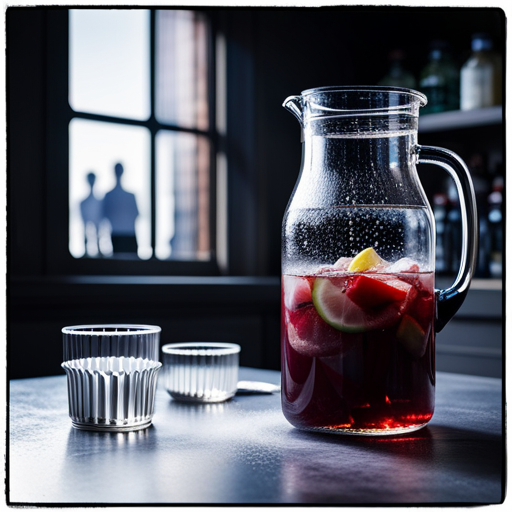Are you a fan of reverse osmosis (RO) water but unsure of how long it can be stored and how to store it properly? Look no further as we provide you with tips for storing purified water to ensure its quality and safety for up to two years.
RO water is a popular choice for drinking and cooking due to its purification process that removes impurities. However, it is important to know how to store it correctly to avoid contamination and ensure its longevity.
In this article, we will explore the best practices for RO water storage and discuss the benefits and limitations of using different container types.
Keep reading to learn how to preserve the quality of your RO water for an extended period.
Key Takeaways
– Correct storage is crucial to avoid contamination and ensure longevity of purified RO water.
– Containers for storing RO water should be made of safe, food-grade materials and thoroughly washed and sanitized before use.
– Open containers can lead to the growth of fungus and bacteria, while metal traces can be released into the water over time.
– Copper containers release beneficial ions but should only be used for short-term storage, while food-grade water bottles and stainless steel containers are durable and prevent the growth of harmful bacteria.
RO Water Storage
You can store reverse osmosis water for up to two years, but it’s important to follow best practices to ensure its longevity.
First, choose the right containers for storage. Food-grade water bottles, juice containers, copper containers, stainless steel containers, or DIY containers are all viable options. However, it’s important to avoid using bleach or milk containers for storage.
Additionally, make sure the containers are thoroughly washed and sanitized before use to prevent microorganism growth.
Furthermore, potential risks to reverse osmosis water storage should be considered. Open containers can lead to fungus and bacteria growth, while metal traces can be released into the water over time. To prevent this, ensure that the containers are air-tight and stored away from direct sunlight.
It’s also important to keep the stored water away from chemicals or kerosene sources. Copper containers are a viable option, as they release beneficial ions with antimicrobial, antibacterial, and anti-inflammatory properties. However, it’s important to note that copper containers should only be used for short-term storage as they can also release harmful copper ions into the water if stored for too long.
Container Types
Consider using food-grade water bottles, stainless steel or copper containers, or DIY containers to store your reverse osmosis water. The type of container used can affect the quality and safety of the water over time.
Here are the best materials to use for RO water storage and how to clean them properly:
1. Food-grade water bottles: These bottles are designed specifically for storing drinking water and are made from safe, BPA-free materials. To clean them, wash with warm, soapy water and rinse thoroughly. Avoid using abrasive sponges or harsh chemicals.
2. Stainless steel or copper containers: These materials are durable and can prevent the growth of harmful bacteria. To clean, use warm water and mild dish soap, and rinse thoroughly. Avoid using abrasive sponges or harsh chemicals that can damage the surface.
3. DIY containers: If you decide to use a homemade container, make sure it is made from safe, food-grade materials. To clean, wash with warm, soapy water and rinse thoroughly. Avoid using containers that may contain harmful chemicals or toxins.
Benefits and Limitations
Discover the advantages and limitations of utilizing reverse osmosis filtration for your drinking needs.
One advantage of reverse osmosis water is that it is purified and free from contaminants such as bacteria, viruses, and chemicals. This makes it a healthier option for drinking and cooking than tap water. Additionally, reverse osmosis water can be stored for up to 2 years, making it a convenient option for those who want to have access to clean drinking water without having to constantly refill their containers.
However, there are also some drawbacks to consider. Reverse osmosis water does not contain calcium, which is an essential mineral for the body. Therefore, it should not be the primary source of calcium intake. Additionally, reverse osmosis filtration can only provide a limited amount of water and is only available through select taps for drinking purposes. Water softeners should be used to protect appliances from hard water instead of reverse osmosis filters.
Overall, reverse osmosis water can be a healthy and convenient option for drinking, but it is important to be aware of its limitations.
Conclusion
So there you have it, tips and tricks for storing your RO water properly to ensure its longevity and safety. Remember to always use airtight containers made of safe materials like glass or copper, and store in a cool, dry place away from direct sunlight.
While RO water is a great choice for drinking and cooking, it’s important to note that it may not be the best source of calcium intake. So, be sure to supplement your diet with other calcium-rich foods and beverages.
With these best practices in mind, you can enjoy pure, fresh-tasting RO water for up to two years.
